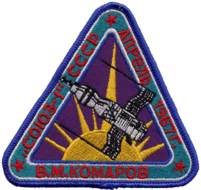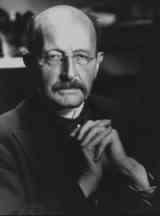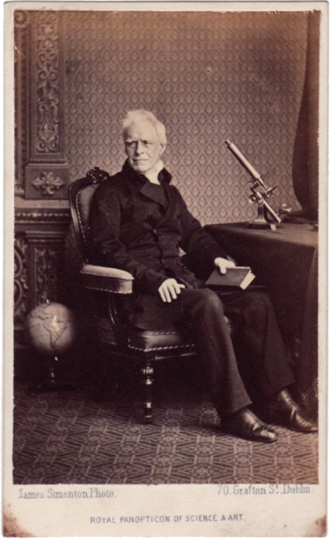1996 – The ESA/NASA SOHO spacecraft reached its orbit around the Sun at Lagrange point L1. This point allows SOHO to observe the Sun continuously and act as an early warning system for solar storms that could damage satellites.
1972 – Apollo 16 lands on the Moon, The Lunar Module (LM) “Orion” landed with Duke and Young in the moon’s Descartes region, about 230 meters northwest of the planned target area. A sleep period was scheduled before EVA.The mission lasted 71 hours on the lunar surface, allowing for thorough exploration and experimentation. The LRV was used for the first time to explore the lunar surface, enabling the crew to travel further and gather more samples.


1962 – Ranger 4 launched for the Moon. It was the first spacecraft of the United States to reach another celestial body[2][3][4] and the first of any nation to reach the surface of the far side of the Moon. (wiki)
1959 – The United Staters Air Force launched a research test rocket which carried a mouse in the re-entry vehicle. This was the first small beginning of a research program to determine the requirements of a space life support system. (Msgg
SAFIS-3C 47151, SAF to AFBMD, 29 Apr 58.) pdf page 26

1967 – Soyuz 1 (Union 1) launch carrying cosmonaut Colonel Vladimir Komarov. The plan involved a rendezvous with Soyuz 2, swapping crew members before returning to Earth. During the spacecraft’s return to Earth it crashed, killing Komarov and becoming the first in-flight fatality in the history of spaceflight.
Birthdays

1858 – Max Planck pioneer quantum physicist. The Planck equation describes the amount of light energy emitted by a “blackbody” as a function of its temperature (on an absolute scale) and the wavelength (or frequency) of emission. Blackbodies are perfect absorbers of light and approximate stars over a wide range of conditions.
Plank’s earliest work was on the subject of thermodynamics. He published papers on entropy, on thermoelectricity and on the theory of dilute solutions. In a paper published in 1900, he announced that the energy emitted by a resonator could only take on discrete values or quanta. The energy for a resonator of frequency v is hv where h is a universal constant, now called Planck’s constant. He was revered by his colleagues, particularly by Albert Einstein, not only for the importance of his discoveries but for his great personal qualities. He was a gifted pianist. He was married twice, but three of his children died young, leaving him with two sons. He suffered a personal tragedy when one of them was executed for his part in an unsuccessful attempt to assassinate Hitler in 1944. He died at Göttingen on October 3, 1947.

1792 – Thomas Romney Robinson was an Irish astronomer, director of the Armagh Observatory and is remembered is remembered as inventor of the 4-cup anemometer. In 1862 he was awarded a Royal Medal “for the Armagh catalogue of 5345 stars, deduced from observations made at the Armagh Observatory, from the years 1820 up to 1854; for his papers on the construction of astronomical instruments in the memoirs of the Astronomical Society, and his paper on electromagnets in the Transactions of the Royal Irish Academy”.